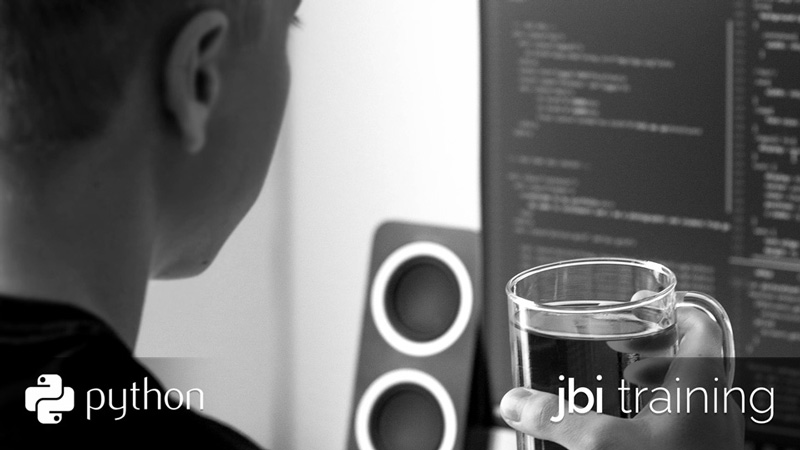
4 February 2018
As the volume of data held by your business continues to grow, your data science team will need a new set of tools to make sense of it. Although tools like Microsoft Power BI can help, in depth statistical analysis may require custom applications, developed and tailored to your needs.
Typically this means training data scientists to use a programming language, the most popular of which are currently Python and R.
Why choose R?
First released publicly in 1995, R has been specifically designed for statistical computing and graphics. This focus on analytics makes R a popular choice for data mining and Big Data applications.
Data scientists with experience in APL or MATLAB will find the transition to R is simpler thanks to its support for matrix arithmetic. Experienced programmers cross-training into data science will appreciate R’s procedural basis, and the use of object-oriented techniques for some functions.
Looking towards the future, R applications can be programmed to use machine learning algorithms too. In terms of future-proofing, machine learning and artificial intelligence offer ways to automate operations and increase operational efficiency.
You can find details of our R programming course here.
Why choose Python?
Although classed as a high level language for general-purpose programming, Python also offers specific packages for use in data science applications via Anaconda distribution. Python is a good choice for helping programmers cross-train into data science roles.
Python is an incredibly flexible language supporting multiple paradigms including, object-oriented programming, structured programming, and in some cases functional and aspect-oriented programming. Developers and data scientists can effectively build the applications they want without the constraints common in many other languages.
You can find details of our Python for Data Analysis training here.
Does it really matter which you choose?
Both Python and R have a proven track record in helping data scientists extract, transform and analyse data from disparate information stores. Your choice of programming language will probably hinge on one factor – do we need to interface other applications with our data science functions?
If that is the case, Python makes slightly more sense, simply because the same language can be used to develop all of your in-house applications. R on the other hand exists purely for statistical operations and is only likely to be used with your Big Data processes.
“There are compelling cases for both Python and R when building analytics programs to extract value from your Big Data sets,” says JBI’s Big Data training specialist Steven Gregg, “You may feel that the data science focus of R gives it an edge. Others may believe that Python is a better choice because of can also be used outside data science. Make sure you define how your Big Data program will develop outside raw statistical analysis – this will be crucial to choosing the right language for your needs.”
To learn more about R and Python or training courses, please get in touch.
See also Data Analytics and Data Science training courses

CONTACT
+44 (0)20 8446 7555
Copyright © 2025 JBI Training. All Rights Reserved.
JB International Training Ltd - Company Registration Number: 08458005
Registered Address: Wohl Enterprise Hub, 2B Redbourne Avenue, London, N3 2BS
Modern Slavery Statement & Corporate Policies | Terms & Conditions | Contact Us
POPULAR
AI training courses CoPilot training course
Threat modelling training course Python for data analysts training course
Power BI training course Machine Learning training course
Spring Boot Microservices training course Terraform training course